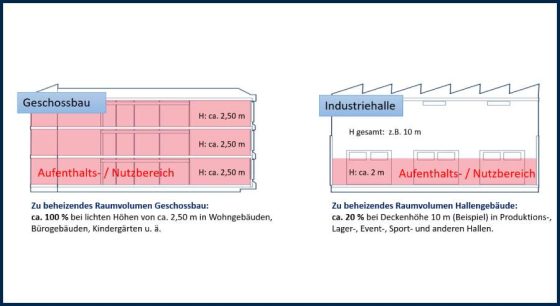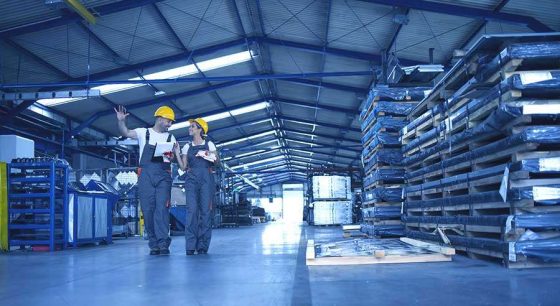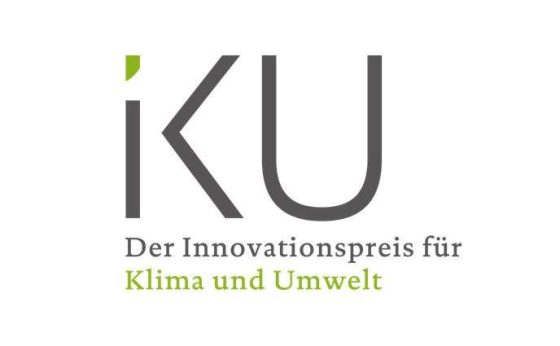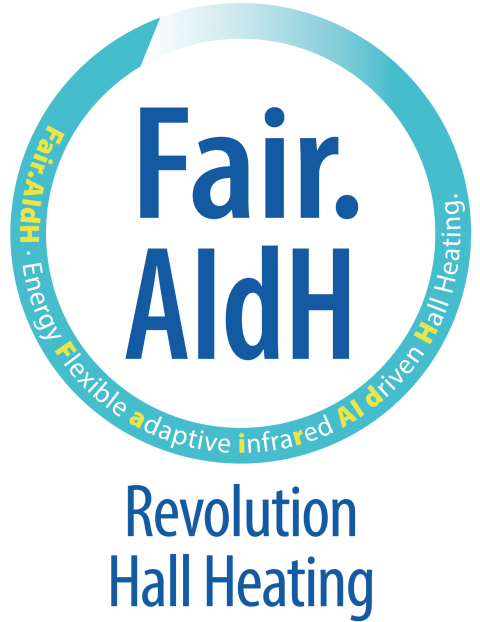Workshop heating - what you should look out for when choosing
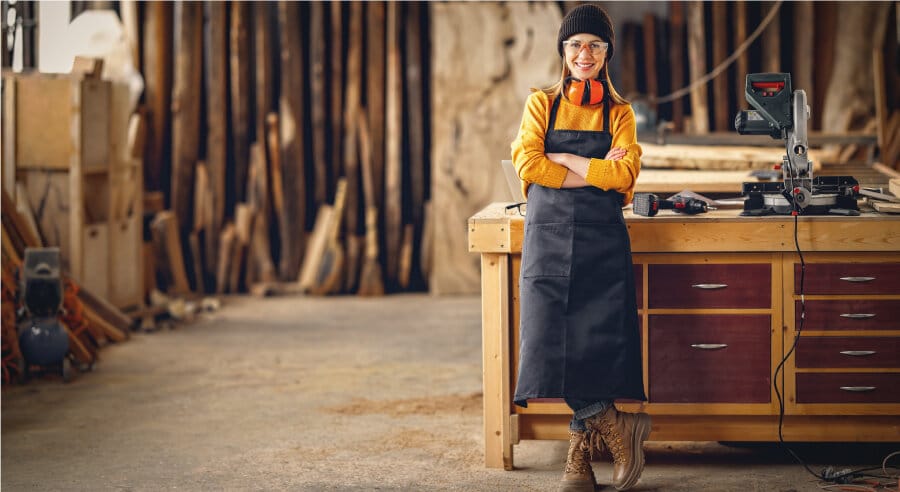
First things first: The right workshop heating system should match your requirements
If you search for workshop heating in search engines, you will find a variety of technologies. These include fan heaters, cannon heaters, electric heaters and free-standing radiant heaters as well as infrared heaters. However, before you take a closer look at the technologies, you should first be clear about your requirements. The following questions can help you with this:
Building
- What is the height, length and width of the hall building?
- What is the insulation condition?
- What is the hall atmosphere like (e.g. dusty, damp, draughty)?
- How many windows and doors does the hall have?
- Are there adjoining offices
Utilization profile
- How is the hall used?
- At what times - are there working shifts?
- Are there different usage zones?
Energy source
- What energy sources are available?
Further requirements
- What goals do you want to achieve with the heating?
- Economic efficiency
- High thermal comfort
- Flexibility
- Future security
- others?
Once you have answered these questions for yourself, some heating systems may no longer be an option and the choice will become more manageable for you. In any case, you can provide your heating engineer with a clear requirements profile, which he can use to recommend the right heating system for your workshop.
Bring a clean and draught-free working environment into the workshop
Particularly for dust-intensive work, as is often the case in joineries, for example, you should make sure that your new workshop heating system does not contribute to additional air pollution. But clean air and a draught-free indoor climate are also important in other workshop operations, if only so that your employees feel comfortable and can work productively. You should therefore opt for a system that does not cause draughts that could stir up dust. This is where infrared heaters of the type Dark radiator particularly well, because they warm - similar to the natural The sun's heating principle - by infrared rays and not by heated air. And they have another decisive advantage for a good indoor climate, because they have direct exhaust gas routing, i.e. the waste heat is routed to the outside in a controlled manner without polluting the hall atmosphere.
Pay attention to high energy efficiency when it comes to workshop heating - then the environment & your bank account will benefit
In the heating sector in particular, legislation is placing ever higher demands on the technologies used. But it is certainly also important to you personally to keep the expensive use of resources as low as possible. You should therefore pay particular attention to the consumption values of your new Workshop heating. Seen over the life cycle, high energy consumption is not only expensive for the environment, it is also an unnecessary burden on your budget. Infrared systems specially developed for hall heating generally consume 30 - 40 % less than conventional hot air systems. However, these factors also make a decisive contribution to the cost-effectiveness of heating in your workshop:
- the exact design of the heating system based on the usage profile (see above)
- Controlled direct flue gas routing
- the integration of other energies such as residual heat and
- Good and transparent control
Benefit from the possibilities of intelligent control systems
Today, modern heating systems can be controlled flexibly and according to demand. For example, you can define production areas and storage areas in the workshop as different heating zones and heat them individually. With dark radiators, you can heat storage areas in your hall at a lower temperature than the production area - this can save a lot of energy costs. Fluctuations in the outside temperature, day and night cycles, additional shifts or public holidays can also be taken into account with intelligent control systems abgebildet und der Heizbetrieb entsprechend optimiert werden. Über das Display oder über PC erhalten Sie als Nutzer jederzeit Einblick in Performance und wichtige Parameter der Anlage, wie Betriebszeit oder Energieverbräuche. Smarte Zusatzmodule sorgen automatisch dafür, dass im Bereich geöffneter Werkstatttore die Energie nicht unnötig verheizt wird. Gerade in Kfz-Werkstätten mit hohem Luftwechsel kann das sehr lukrativ sein. Steuerungssysteme sind heute wichtig, um den Betrieb von Werkstattheizungen so optimal wie möglich zu fahren – sie helfen ganz entscheidend dabei Energie, CO₂ und Energiekosten einzusparen.
Plan for future changes to your workshop heating system
Workshop heating systems are an investment in the future. Provided you have opted for a quality product. Then the life cycle can be as long as 20 years. A lot can happen during this time. It is therefore important that your new workshop heating system gives you as many options as possible. This includes important points such as
- the flexibility to relocate, extend or remotely control your heating system at any time
- keep the ceiling as open as possible, e.g. for cranes or lighting changes
- keep the hall floor as clear as possible, e.g. for changes to machine installations
- Gradually use more renewable energy sources (e.g. green gases) as soon as they are available
Gerade der letzten Punkt muss gut bedacht sein, denn ein Kompromiss zwischen Klimaauflagen und Nutzungsprofil kann Sie teuer zu stehen kommen. Technologien, die ausschließlich regenerative Energien nutzen sind immer warmwasserbasiert und daher relativ träge. Wenn Ihre Werkstattheizung schnell und flexibel steuerbar sein soll, empfehlen sich gasbefeuerte Infrarotheizungstechnologien. Abgesehen davon, dass sie i. d. R. mit Biogas betrieben werden können, wird auch Methan u. a. durch Beimischungen von Wasserstoff H₂ zunehmend zum grünen Energieträger.
-
How is energy used correctly? What does efficiency mean? In the German government's current energy policy, there is a huge gap between aspiration and reality. After all, industrial buildings are not treated as industrial buildings because they only account for two percent of buildings - even though they are responsible for 15 percent of greenhouse gas emissions. The latter has not played a role to date. Behind this two percent are 420,000 to 480,000 hall buildings that are used in industry, commerce and municipalities as production halls, logistics halls, workshops, sports halls or sales outlets. A small number that is responsible for a significant proportion of energy consumption and GHG emissions in Germany.
-
The German government's targets are ambitious: by 2045, Germany is to be climate-neutral and dispense with fossil fuels in the generation of heat. A target that is putting pressure on the industry. Numerous innovations are pushing for a switch to renewable energies - such as the Fuel Emissions Trading Act (BEHG), which sets an increasing CO₂ price for fossil fuels in the heat supply sector.
-
Ambitious climate protection targets and new building energy regulations pose challenges for companies. Especially when modernizing heating systems in hall buildings, you should rely on future technologies in order to meet the strict requirements.
-
The Federal Ministry for Economic Affairs and Climate Protection has been honoring the commitment of industry and research to climate and environmental protection for many years with the IKU - the German Innovation Award for Climate and the Environment. The 21 nominees include many big names as well as a medium-sized company: KÜBLER GmbH from Ludwigshafen. It specializes in the development of energy-saving hall heating systems and entered the competition with HeizWerk, a smart solution package for industry. Behind this is nothing less than a clever concept for energy-efficient refurbishment in production, storage and other hall buildings without the need for capital expenditure.
